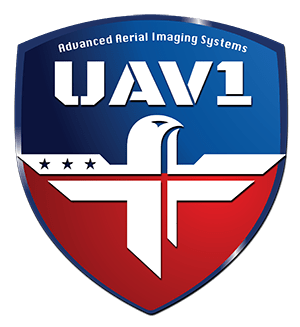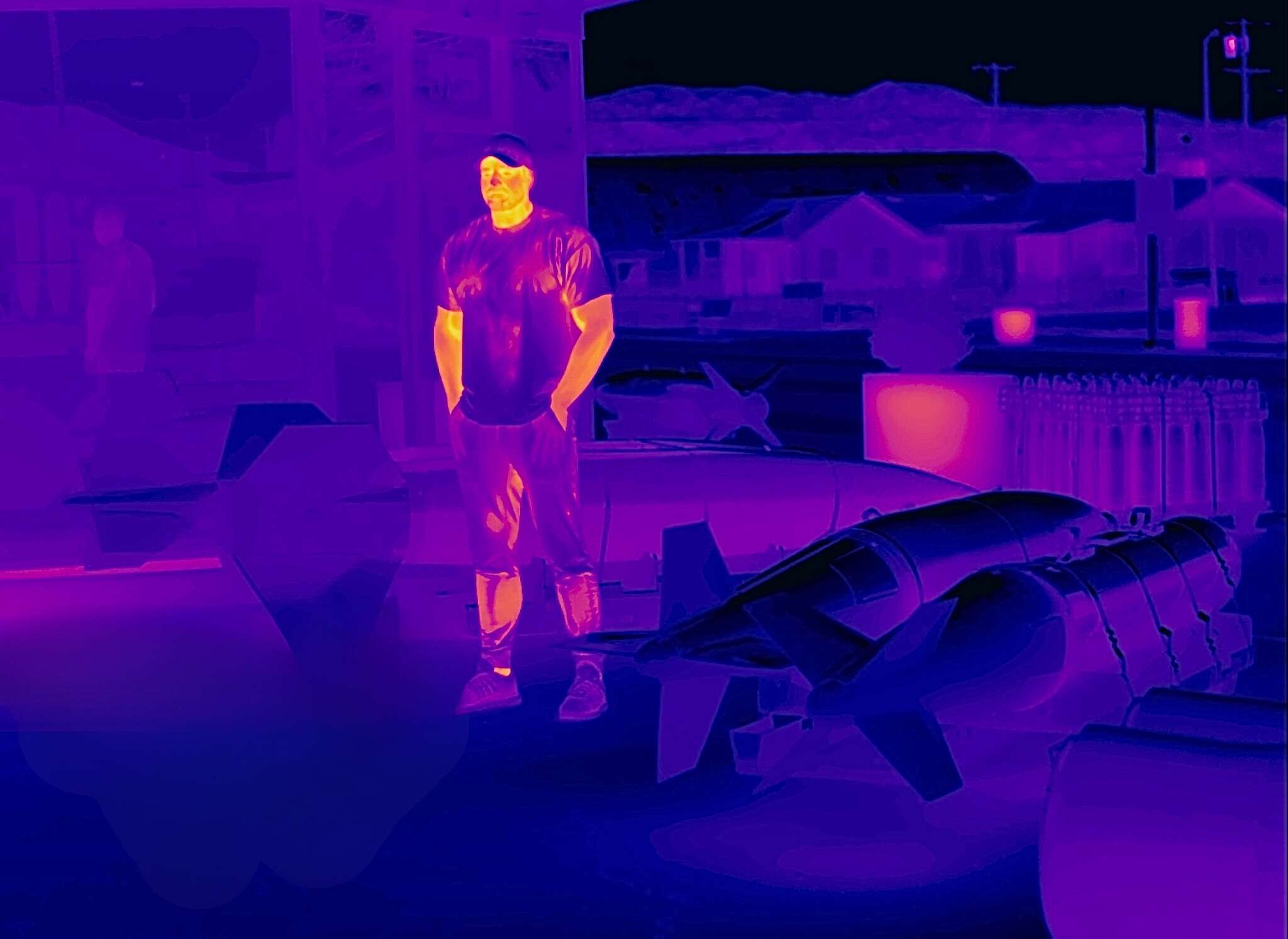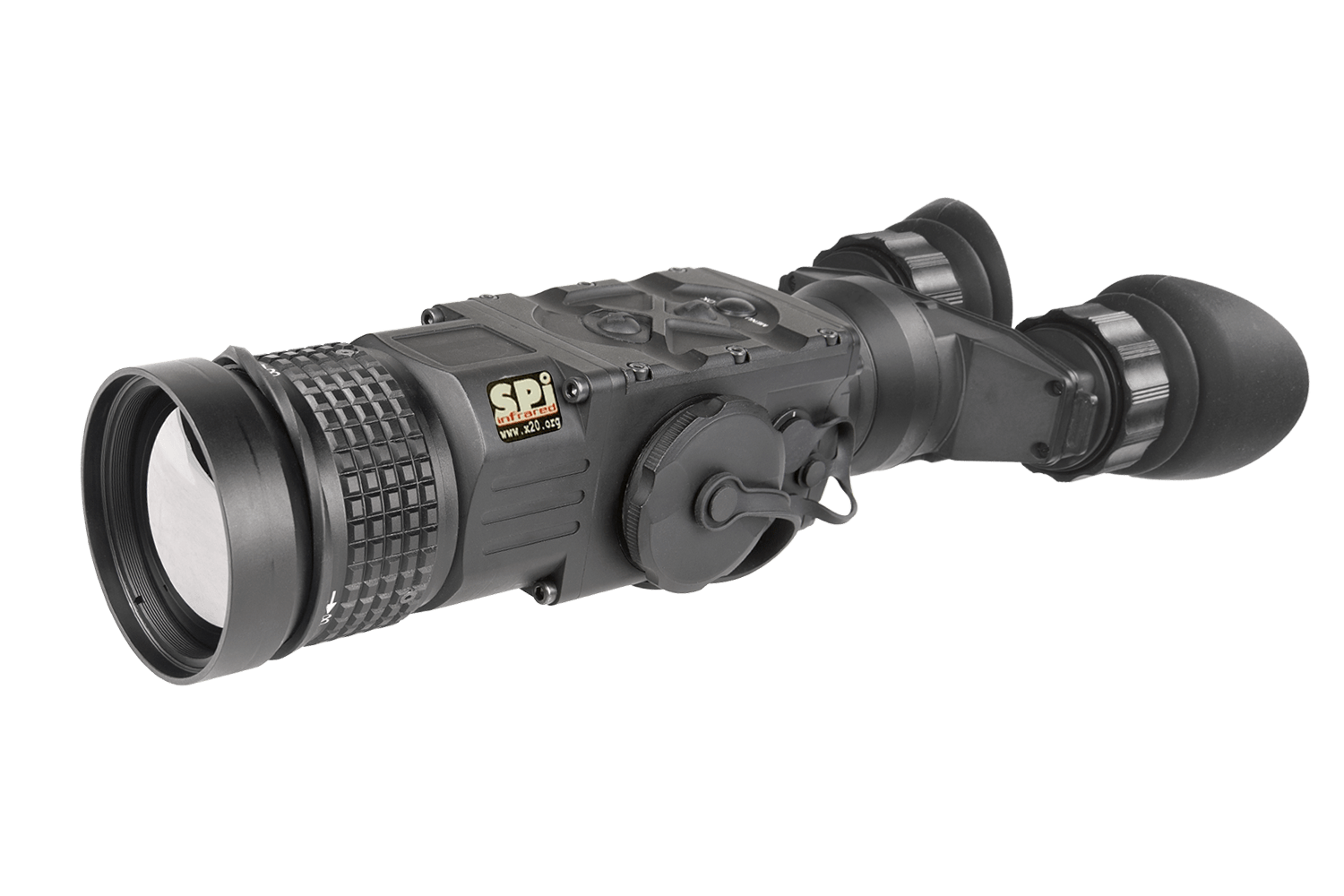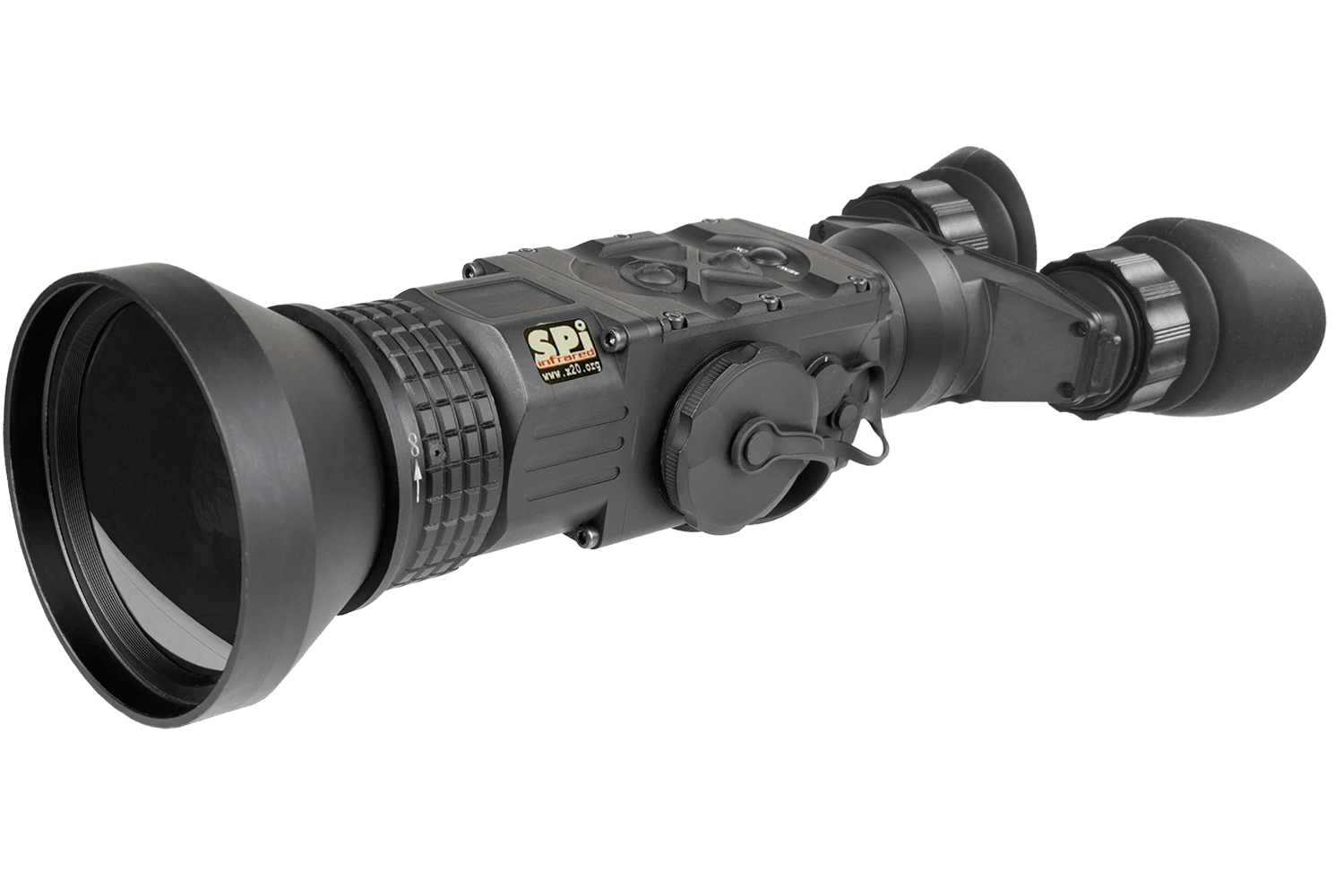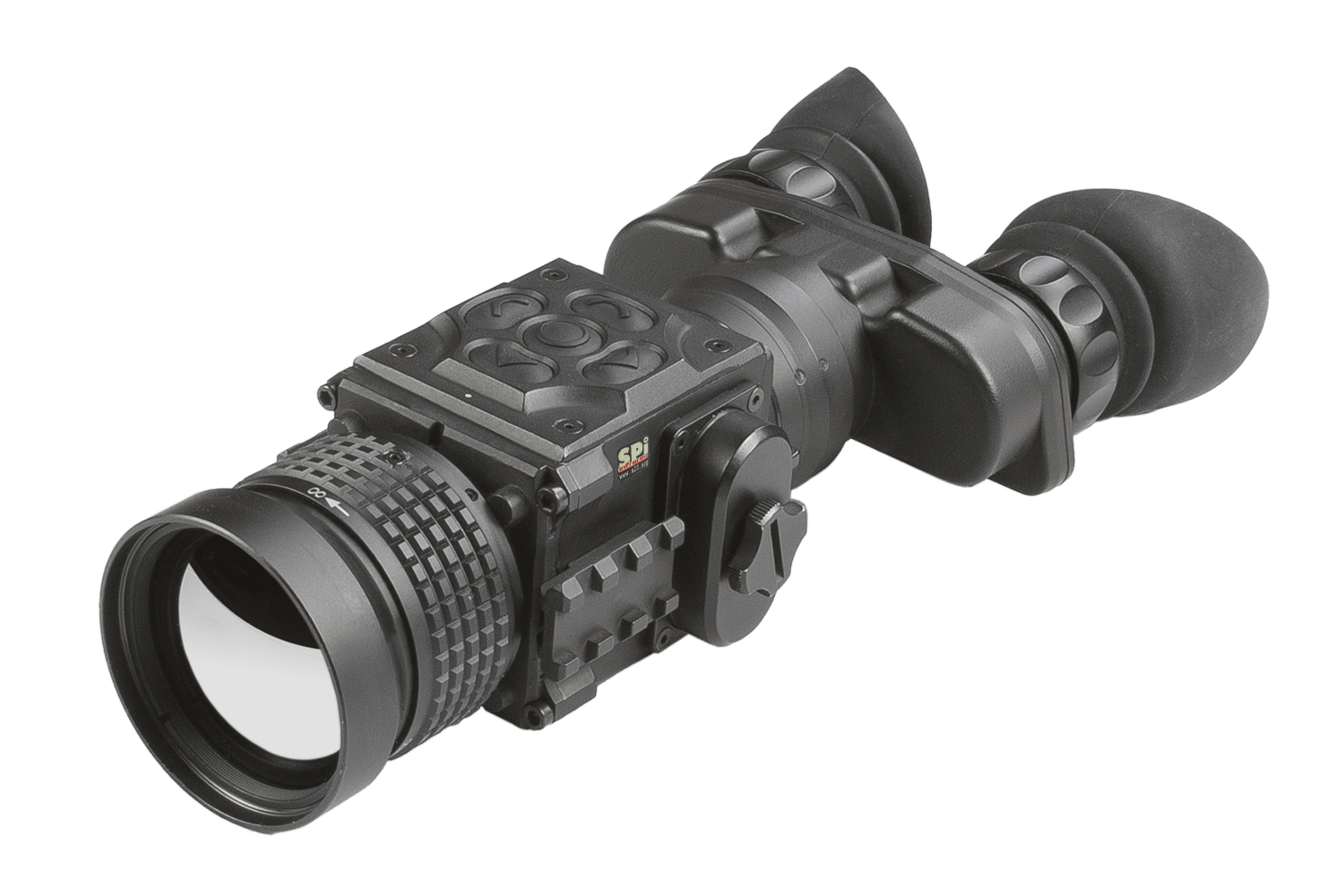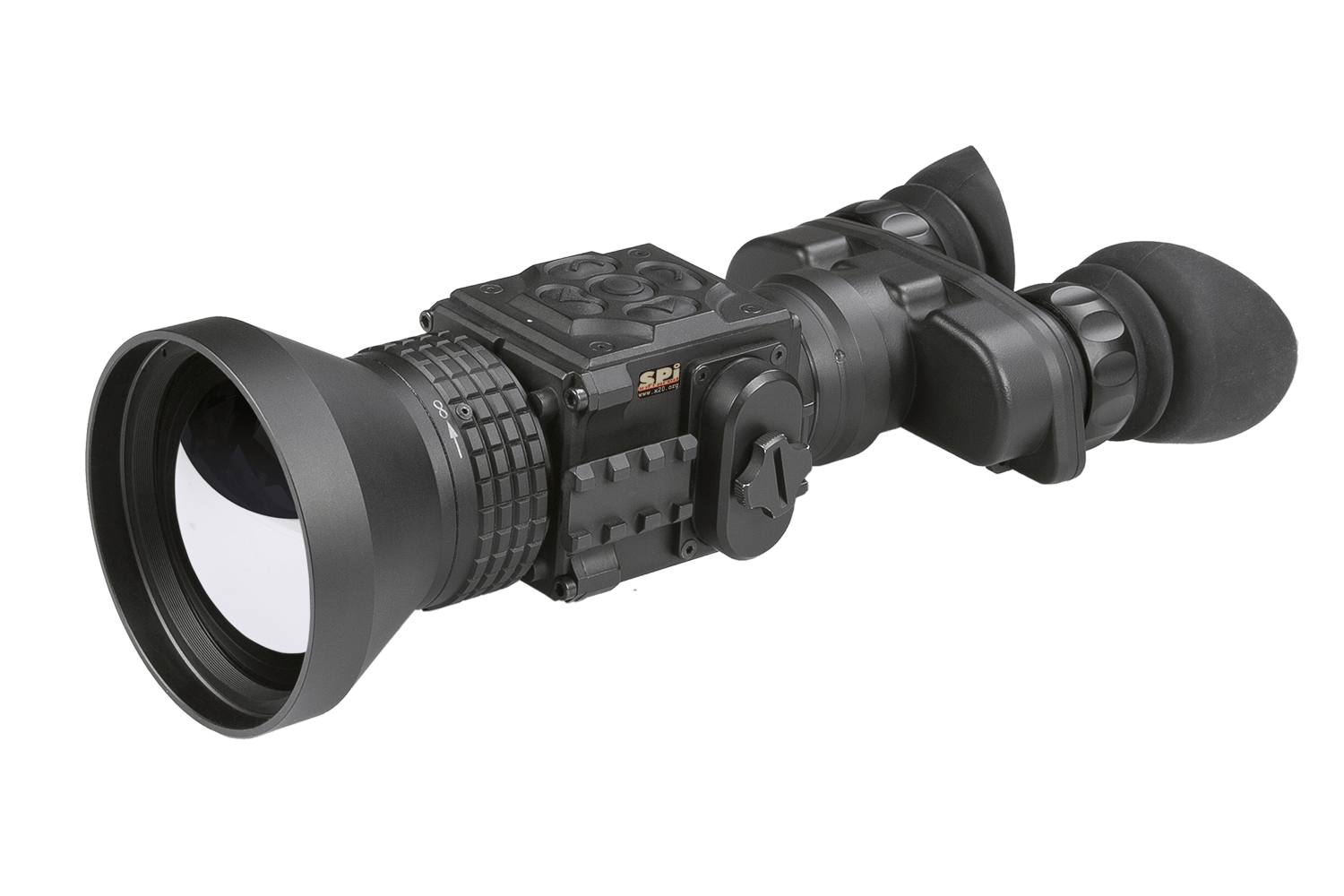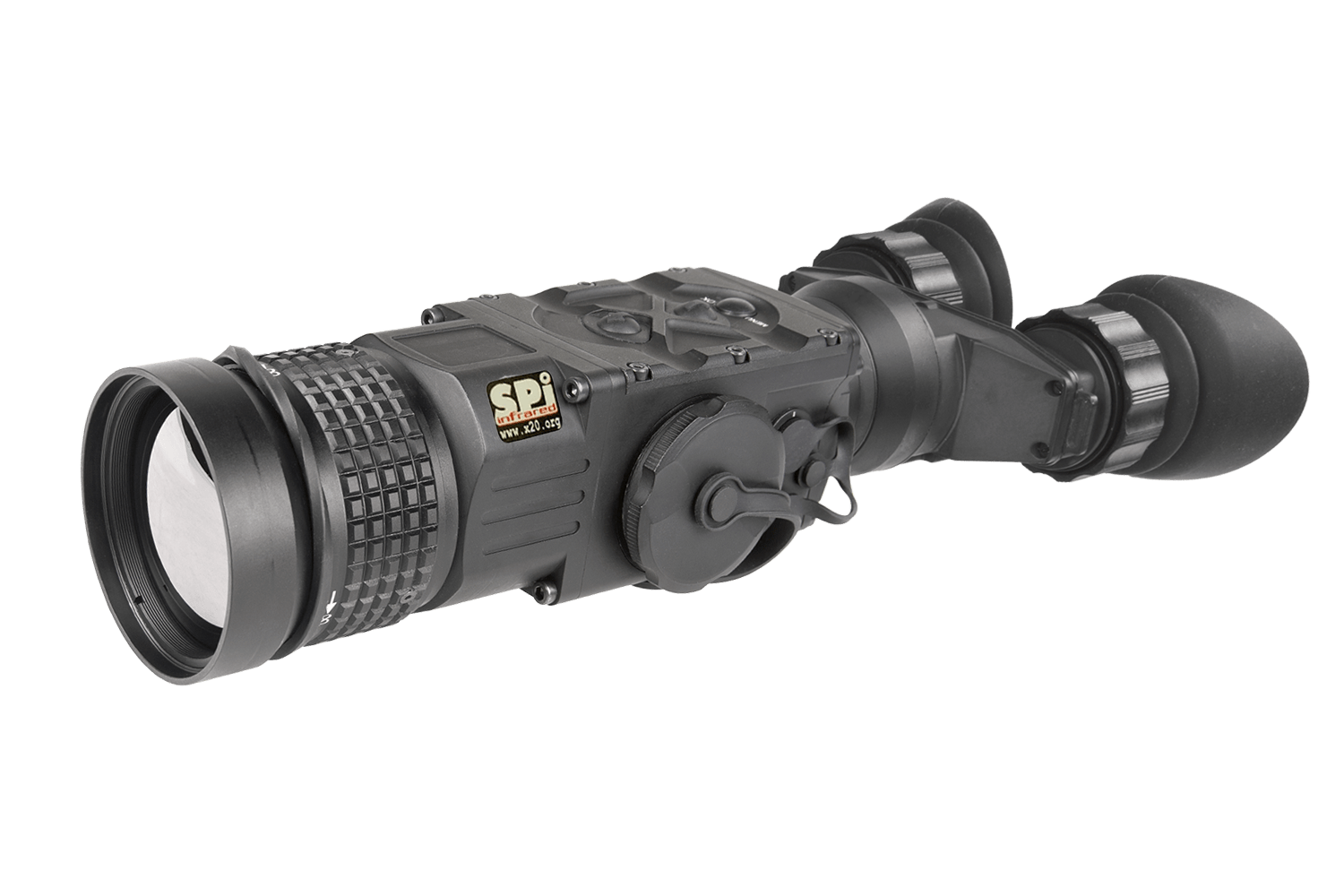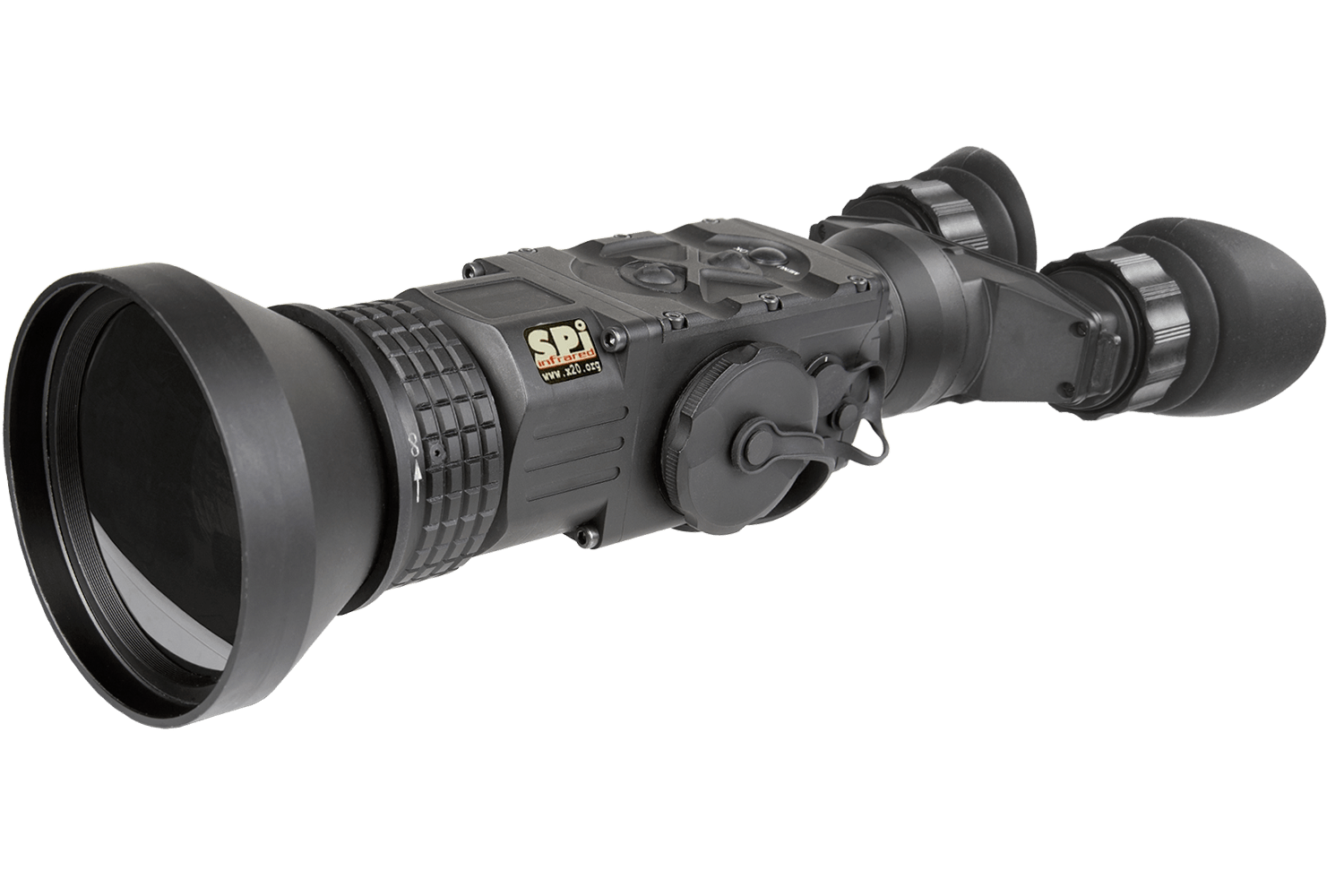
Thermal Imaging Night Vision Goggles and Thermal Binoculars
All SPI thermal binoculars are tough and ergonomic, ensuring that users feel safe, agile and in total control during training, covert missions, territory exploration, and everything in between. Our thermal binoculars are weather-resistant, and always constructed with the most demanding military professional in mind. SPI customers can rest assured that our products are of the highest quality, providing exceptional performance and viability at the lowest possible price.
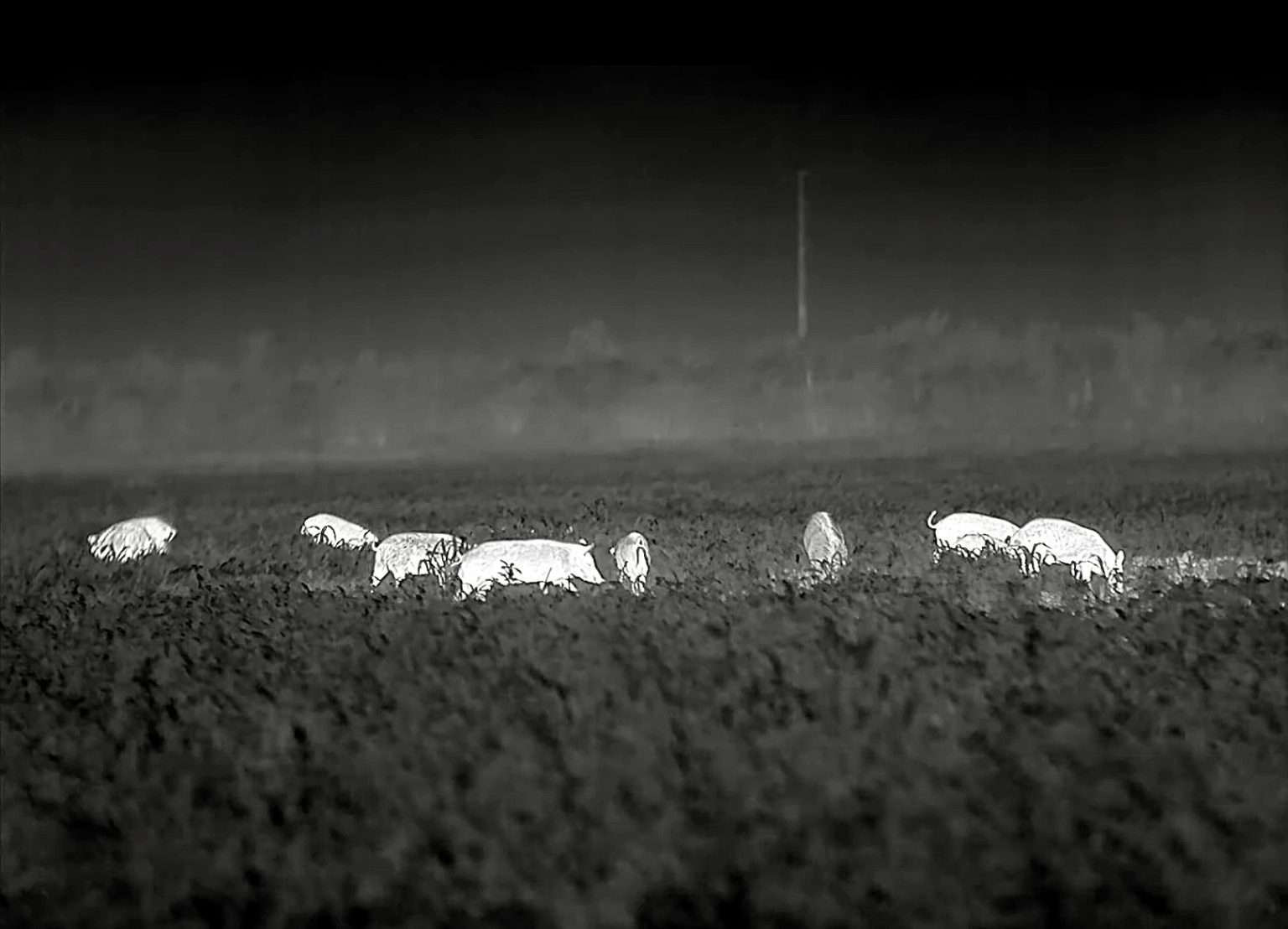
Find the Right Thermal Binocular for You
Recommended Binoculars:
Our Thermal Imaging Optics With 640 x 512 Resolution
Our Thermal Imaging Binoculars and Goggles With 384 X 288 Resolution
Our Thermal Imaging Binoculars and Goggles With 336 x 256 Resolution
How much of a difference does the resolution of the thermal binoculars make?
The resolution of thermal binoculars can significantly impact their performance and price. There’s a notable difference in clarity between a 640×480 pixel resolution and a 384×288 pixel resolution. For the average user, the lower resolution models, while more affordable, still offer ample clarity for a range of applications, making them a valuable tool at a more accessible price point. However, for those who demand the utmost precision, such as avid hunters or military professionals, our high-resolution offerings are unmatched in their ability to discern distant objects or subtle temperature nuances. In essence, while higher resolution provides superior detail, our range ensures that both casual users and professionals can find a product tailored to their needs and budget.
What Is The Difference Between The Different Field of Views (FOVs) in Thermal Binoculars
The Field of View (FOV) in thermal binoculars determines the width and height of the area you can observe at a glance. A wider FOV, like 8.3° x 6.6°, provides a broader observational scope, ideal for scanning expansive terrains or monitoring larger areas. Conversely, a narrower FOV, such as 5.0° x 3.7°, offers a more zoomed-in perspective, focusing on specific points in greater detail. For casual users and general surveillance, a standard FOV often suffices, capturing a balanced view without significant investment. However, specialized tasks, like hunting or tactical operations, might benefit from binoculars with a specific FOV tailored to their purpose. In essence, the choice of FOV influences both the observational scope and the depth of detail, allowing users to select the perfect balance for their requirements and budget.
Long-range thermal imaging binoculars are advanced optical devices that utilize infrared radiation to detect differences in temperature and produce a thermogram, or a heat map, of the observed scene. These binoculars employ a sensor known as an uncooled microbolometer, which measures the changes in resistance as it absorbs infrared radiation. The acquired data is then processed through specialized algorithms to transform it into a visual image. The term “long-range” pertains to the binoculars’ capability to detect and resolve thermal signatures over extended distances, often several kilometers away. This extended range is achieved through the integration of high-resolution detectors, precision-engineered lens systems with large focal lengths, and sophisticated image processing techniques. Such binoculars are invaluable in scenarios where visibility is compromised, such as nighttime, fog, or smoke, and are extensively used in military reconnaissance, surveillance, and hunting expeditions due to their ability to detect warm-bodied entities against cooler backgrounds.
The history of long-range thermal binoculars and goggles traces back to the discovery and understanding of infrared radiation. Sir William Herschel, in the early 19th century, discovered infrared radiation when he was exploring the spectrum of sunlight. However, the practical application of this discovery in imaging devices took over a century to materialize.
During the mid-20th century, especially around World War II and the Cold War era, the military recognized the strategic advantage of detecting enemy heat signatures at night or in obscured conditions. This led to the development of the first infrared scopes and cameras, which were bulky, cooled devices mainly mounted on tanks or stationary platforms.
The technological advancements in the 1960s and 1970s, particularly the invention of the uncooled microbolometer, revolutionized the field. This sensor eliminated the need for bulky cooling systems, paving the way for portable handheld devices and wearable goggles.
The 1980s and 1990s saw the miniaturization of these devices, leading to the development of compact long-range thermal binoculars and goggles suitable for infantry and individual use. The reduction in size did not compromise the range, thanks to advancements in optics and image processing algorithms.
Today’s long-range thermal binoculars and goggles are the culmination of over two centuries of scientific discovery and technological innovation. They are not only staples in modern military and security operations but have also found applications in wildlife observation, search and rescue operations, and even in the entertainment industry. The journey from Herschel’s initial discovery to the sophisticated devices we have today showcases the remarkable blend of science, engineering, and practical necessity.
In the world of military optics, thermal binoculars have become indispensable tools. Broadly speaking, all thermal binoculars can be categorized into two main types based on the nature of their detectors: cooled and uncooled. Each type comes with its distinct set of characteristics tailored to specific conditions and applications.
The underlying principle of these devices is not to capture a direct image but rather to recreate a picture based on the heat emitted from a target. This is achieved by measuring infrared (IR) radiation. Essentially, it doesn’t rely on ambient light, allowing it to function both during the day and night. The IR radiation gauges the wavelength and then projects an image based on this data. Commonly, the output is monochrome: the warmer the target, the brighter the display. However, modern thermal binoculars can also generate multi-colored images to differentiate temperature ranges more distinctly.
Uncooled Detectors: These are the more commonly found units, primarily due to their cost-effectiveness stemming from a simplified production process. These binoculars house sensors that operate at ambient temperature. The device works by measuring the changes in infrared radiation, current, resistance, and voltage when IR beams target an object. It then juxtaposes these values to produce the image. One trade-off for the reduced price is that the resultant image often lacks high-definition clarity.
Cooled Detectors: Opting for thermal binoculars with cooled detectors is undeniably a pricier choice. This is attributed to the intricate production technology and the additional components that ensure its optimal functionality. The core feature of these devices is the cooled detector, housed within a vacuum-sealed chamber that necessitates continuous cooling. This setup facilitates the device’s ability to operate across vast temperature ranges and deliver images with unparalleled precision. Owing to their superior imaging capabilities, military-grade thermal goggles predominantly fall under this category.
In summary, the choice between cooled and uncooled thermal binoculars hinges on the specific requirements of the task at hand and the available budget. Regardless of the choice, advancements in technology continue to enhance the capabilities of these essential military tools.
The advent of thermal imaging binoculars has ushered in a revolution in various industries. These devices, particularly those intended for military applications, offer a vast range of utilities. Continual technological refinements have cemented their reputation as indispensable tools, especially in defense and security sectors.
One of the primary applications of these binoculars is within the building industry. They play a pivotal role in detecting heat leakages and moisture accumulation, critical for maintaining structural integrity and energy efficiency. Their usage extends beyond construction; they’re invaluable in anti-terrorism operations, monitoring unauthorized border crossings, and aiding firefighters in detecting hotspots obscured by smoke.
Medicine and veterinary fields also employ infrared (IR) technology, leveraging its precision in diagnosing ailments and monitoring healing processes. Furthermore, the profound contributions of these devices in astronomy cannot be overstated; they’ve been instrumental in new celestial discoveries, providing clearer insights into the universe’s vast expanse.
In the realm of defense and law enforcement, thermal binoculars are non-negotiable assets. Their ability to deliver unparalleled night vision across short, medium, and long distances makes them vital for modern military operations and surveillance activities.
SPI stands at the forefront of this technological wave, boasting over two decades of experience in thermal imaging equipment. Our commitment is to deliver state-of-the-art systems that offer the best value, especially when it comes to advanced long-range multi-sensor binocular systems. The features of our thermal binoculars are expansive, encompassing robustness and versatility. With IP65-IP68 protection, high-grade aluminum alloy housing, a range of Germanium objective lenses, wireless remote control, and digital zoom capabilities, SPI ensures that users are equipped with the best tools for the task at hand.
